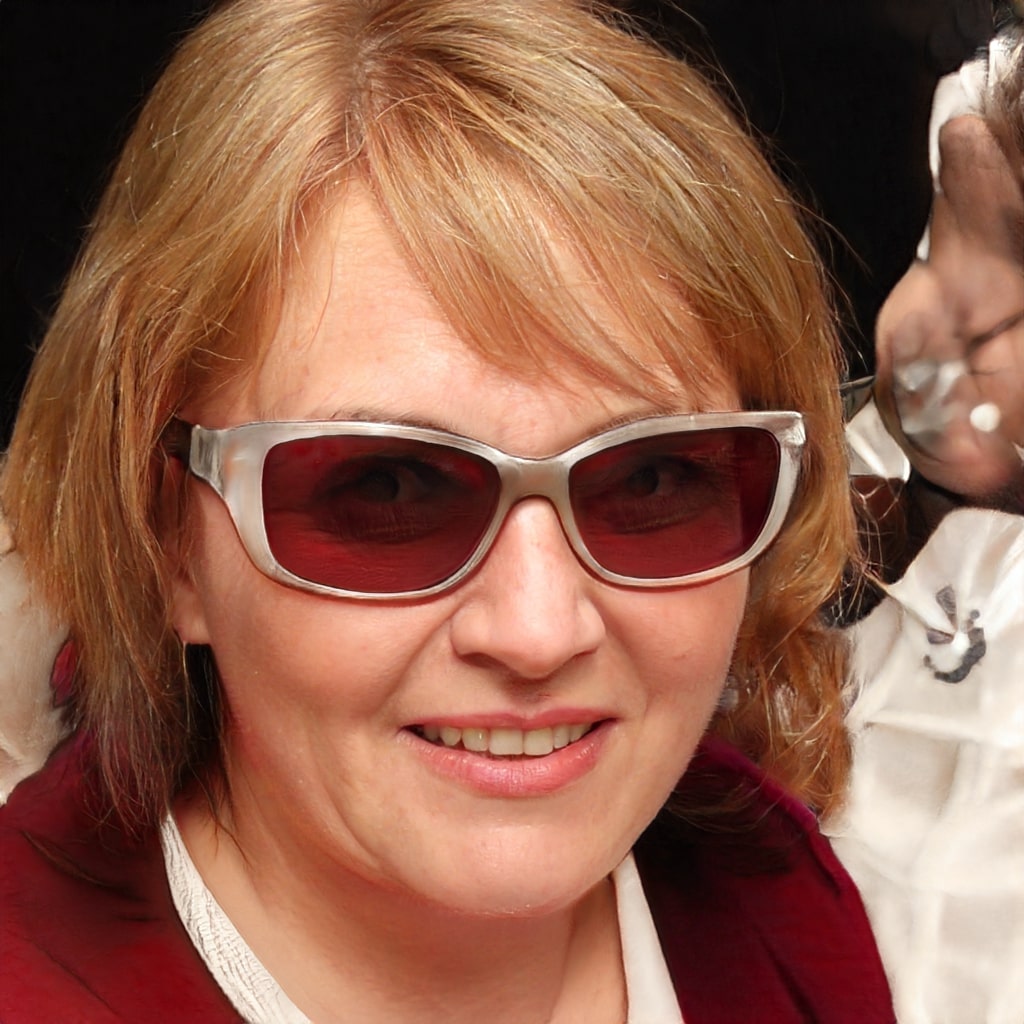Apple’s Vision Pro headset isn’t just changing how we watch movies or play games—it’s revolutionizing healthcare in ways we never imagined.
This groundbreaking mixed-reality device transforms how doctors train, diagnose, and treat patients while seamlessly integrating with medical imaging storage solutions that hospitals rely on daily.
Healthcare professionals worldwide are discovering that Vision Pro offers unprecedented opportunities to enhance patient care, improve surgical precision, and make medical education more effective than ever before.
Why Healthcare Professionals Are Embracing Vision Pro
The medical field has always been quick to adopt technology that improves patient outcomes. Vision Pro stands out because it combines augmented reality (AR) with real-world medical environments in remarkable ways.
Unlike traditional medical devices, Vision Pro allows doctors to access critical information without looking away from their patients. Surgeons can view 3D medical scans, patient records, and real-time data while maintaining focus on the operating table.
Five Game-Changing Medical Applications
1. Advanced Surgical Training and Simulation
Medical schools and hospitals use Vision Pro to create immersive training environments that were impossible just years ago. Students can practice complex procedures repeatedly without risk to actual patients.
The device displays detailed anatomical structures in three dimensions, allowing trainees to explore the human body from every angle. Surgery residents can now practice intricate procedures hundreds of times before stepping into real operating rooms.
2. Enhanced Patient Education and Consultation
Doctors use Vision Pro to show patients exactly what’s happening inside their bodies. Instead of pointing at confusing X-rays or MRI scans, physicians can display 3D models of organs, bones, and medical conditions.
Patients better understand their diagnoses when they can see and interact with detailed visualizations of their specific medical issues. This improved understanding leads to better treatment compliance and reduced anxiety.
3. Precision-Guided Surgery and Procedures
Surgeons overlay critical information directly onto their field of view during operations. Vision Pro displays real-time patient vitals, surgical guides, and enhanced imaging data without requiring doctors to look away from their work.
This technology reduces surgical errors and improves precision during complex procedures. Surgeons report feeling more confident and focused when using AR-assisted guidance systems.
4. Remote Medical Collaboration
Vision Pro enables doctors to collaborate across vast distances like never before. Specialists can virtually “step into” operating rooms worldwide, providing guidance and expertise during critical procedures.
Rural hospitals particularly benefit from this technology, gaining access to expert consultations that would otherwise require expensive patient transfers or specialist visits.
5. Medical Imaging and Diagnostic Enhancement
The device transforms how doctors view and analyze medical images. Rather than examining flat screens, physicians can manipulate 3D reconstructions of CT scans, MRIs, and other diagnostic images.
Radiologists can walk around virtual representations of tumors, examine organs from multiple perspectives, and identify issues that might be missed on traditional 2D displays.
Real-World Impact: By the Numbers
Recent studies reveal Vision Pro’s impressive impact on medical outcomes:
| Application Area | Improvement Rate | Key Benefit |
| Surgical Training | 40% faster learning | Reduced practice time |
| Patient Education | 65% better understanding | Improved compliance |
| Diagnostic Accuracy | 25% fewer missed diagnoses | Enhanced precision |
| Remote Consultations | 80% reduction in transfer costs | Increased accessibility |
These statistics demonstrate that Vision Pro isn’t just a fancy gadget—it’s a transformative medical tool with measurable benefits for both patients and healthcare providers.

Challenges and Future Opportunities
Despite its potential, Vision Pro faces several hurdles in medical settings. The device’s weight can cause fatigue during long procedures, and some medical environments require special sterilization protocols.
Cost remains a significant barrier for many healthcare facilities, with each device priced at several thousand dollars. However, early adopters report that improved outcomes and efficiency gains often justify the investment.
Battery life presents another challenge during lengthy surgeries, though external power solutions are becoming available. Medical software developers are also working to create specialized applications tailored for healthcare use.
The Future of AR in Medicine
Vision Pro represents just the beginning of augmented reality’s medical revolution. Future versions will likely offer longer battery life, lighter designs, and more sophisticated medical applications.
We expect to see integration with electronic health records, AI-powered diagnostic assistance, and even more realistic surgical simulations. The technology will become more affordable and accessible to smaller medical practices and rural hospitals.
Healthcare is entering a new era where digital and physical realities merge to create better patient outcomes. Apple Vision Pro is leading this transformation, proving that innovative technology can genuinely save lives and improve medical care.
The question isn’t whether AR will transform healthcare—it’s how quickly medical professionals will embrace these revolutionary tools to benefit their patients.


